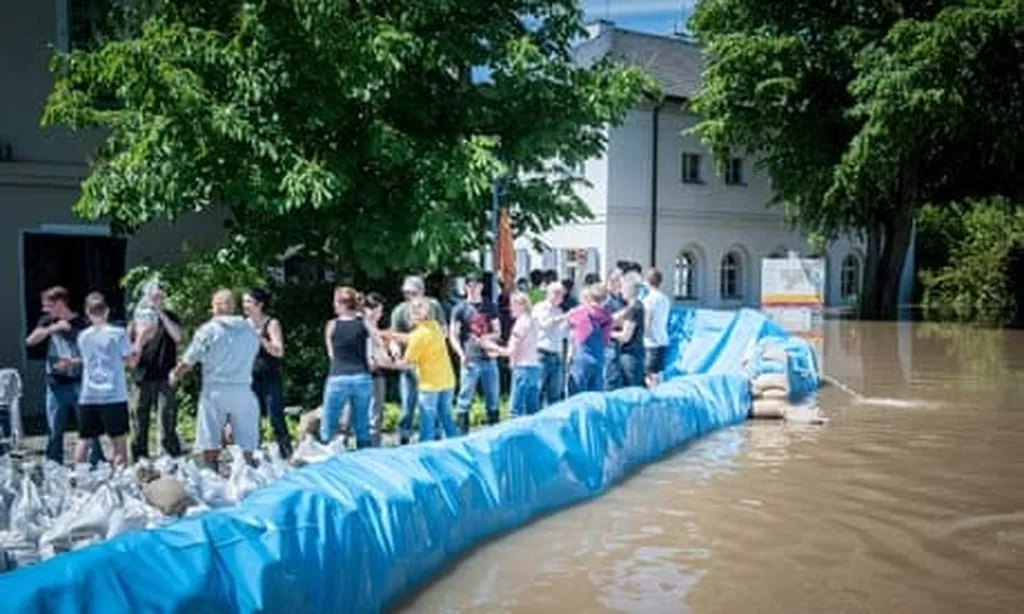In the quest to curb global warming, scientists are turning to an unlikely ally: tiny bubbles. Researchers have discovered that interfacial oxygen nanobubbles (IONBs) could be a game-changer in reducing methane emissions from aquatic ecosystems, offering a sustainable and cost-effective solution that could reshape the energy sector’s approach to carbon neutrality.
Methane, a potent greenhouse gas, is released from wetlands, freshwater bodies, and rice paddies, contributing significantly to global warming. Traditional methods of mitigating these emissions, such as mechanical aeration and sediment capping, often fall short due to high costs and ecological disturbances. Enter IONBs, a novel geoengineering solution that provides sustained oxygenation in anoxic sediments, suppressing methane production and promoting its oxidation.
“IONBs exhibit high stability and prolonged oxygen retention, which means they can provide a steady supply of oxygen to sediments over time,” explains Qingnan Chu, lead author of the study published in *Resources, Environment and Sustainability* (translated to English as *Resources, Environment and Sustainability*). Chu is affiliated with the School of Agriculture and Biology at Shanghai Jiao Tong University and the Centro de Biotecnologia Genomica de Plantas (UPM-INIA) at Universidad Politecnica de Madrid.
The unique properties of IONBs allow them to create long-lasting aerobic microenvironments in sediments, which suppress methanogenesis—the process by which microbes produce methane—and stimulate methanotrophic activity—the process by which microbes consume methane. This dual action makes IONBs a powerful tool for reducing methane flux from aquatic ecosystems.
Moreover, IONBs can be loaded onto carriers like biochars and zeolites, enabling targeted oxygenation and improving redox conditions in sediments. This targeted approach not only enhances the efficiency of methane mitigation but also promotes beneficial microbial shifts, further contributing to the overall health of aquatic ecosystems.
The potential commercial impacts of this research are substantial. For the energy sector, which is increasingly focused on carbon neutrality, IONBs offer a promising avenue for reducing methane emissions—a significant contributor to global warming. By integrating IONBs into existing mitigation strategies, energy companies could enhance their sustainability efforts and meet regulatory requirements more effectively.
However, challenges remain. Optimizing the oxygen-loading capacity of IONBs, assessing their long-term ecological impacts, and scaling up production are all areas that require further research. “Future studies should focus on refining the oxygen-loading capacity of IONBs and evaluating their role in global climate policies,” Chu suggests.
As the world grapples with the urgent need to mitigate climate change, innovative solutions like IONBs offer a glimmer of hope. By providing a sustainable and cost-effective method for reducing methane emissions, IONBs could play a pivotal role in advancing wetland conservation, reducing agricultural methane emissions, and shaping the future of the energy sector. The research published in *Resources, Environment and Sustainability* marks a significant step forward in this endeavor, paving the way for further exploration and application of this promising technology.

